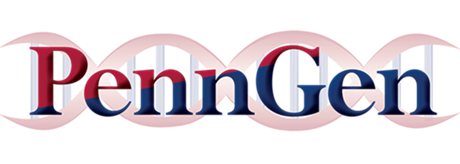Clinical signs include gait abnormalities, hindlimb weakness, ataxia, tremors, deafness, and extension of limbs that progress to paralysis and blindness.
Raj K, Giger U. Initial survey of PLA2G6 missense variant causing neuroaxonal dystrophy in Papillon dogs in North America and Europe. Canine Med Genet. 2020 Nov 30;7(1):17. doi: 10.1186/s40575-020-00098-4. PMID: 33292730; PMCID: PMC7706237.
Tsuboi M, Watanabe M, Nibe K, Yoshimi N, Kato A, Sakaguchi M, Yamato O, Tanaka M, Kuwamura M, Kushida K, Ishikura T, Harada T, Chambers JK, Sugano S, Uchida K, Nakayama H. Identification of the PLA2G6 c.1579G>A Missense Mutation in Papillon Dog Neuroaxonal Dystrophy Using Whole Exome Sequencing Analysis. PLoS One. 2017 Jan 20;12(1):e0169002. doi: 10.1371/journal.pone.0169002. PMID: 28107443; PMCID: PMC5249094.
Nibe K, Nakayama H, Uchida K. Immunohistochemical features of dystrophic axons in Papillon dogs with neuroaxonal dystrophy. Vet Pathol. 2009 May;46(3):474-83. doi: 10.1354/vp.08-VP-0156-U-FL. Epub 2009 Jan 27. PMID: 19176506.
Nibe K, Kita C, Morozumi M, Awamura Y, Tamura S, Okuno S, Kobayashi T, Uchida K. Clinicopathological features of canine neuroaxonal dystrophy and cerebellar cortical abiotrophy in Papillon and Papillon-related dogs. J Vet Med Sci. 2007 Oct;69(10):1047-52. doi: 10.1292/jvms.69.1047. PMID: 17984592.
Tamura S, Tamura Y, Uchida K. Magnetic resonance imaging findings of neuroaxonal dystrophy in a papillon puppy. J Small Anim Pract. 2007 Aug;48(8):458-61. doi: 10.1111/j.1748-5827.2006.00304.x. Epub 2007 Jun 2. PMID: 17543020.
Diaz JV, Duque C, Geisel R. Neuroaxonal dystrophy in dogs: case report in 2 litters of Papillon puppies. J Vet Intern Med. 2007 May-Jun;21(3):531-4. doi: 10.1892/0891-6640(2007)21[531:ndidcr]2.0.co;2. PMID: 17552463.
Franklin RJ, Jeffery ND, Ramsey IK. Neuroaxonal dystrophy in a litter of papillon pups. J Small Anim Pract. 1995 Oct;36(10):441-4. doi: 10.1111/j.1748-5827.1995.tb02774.x. PMID: 8583759.

